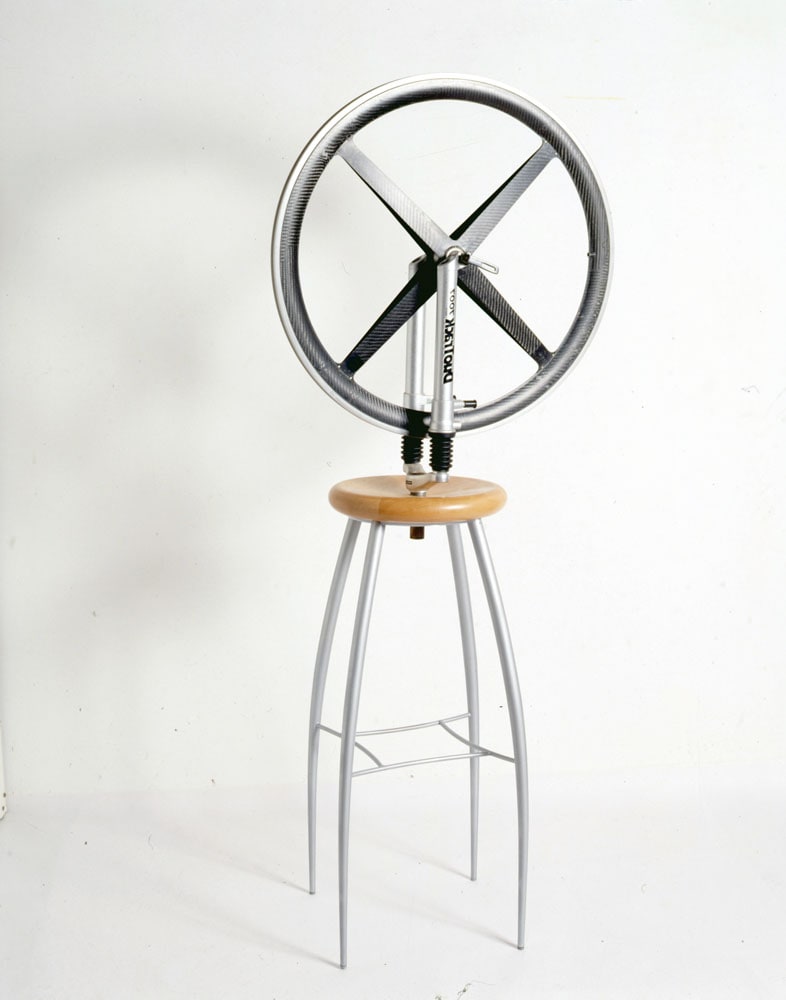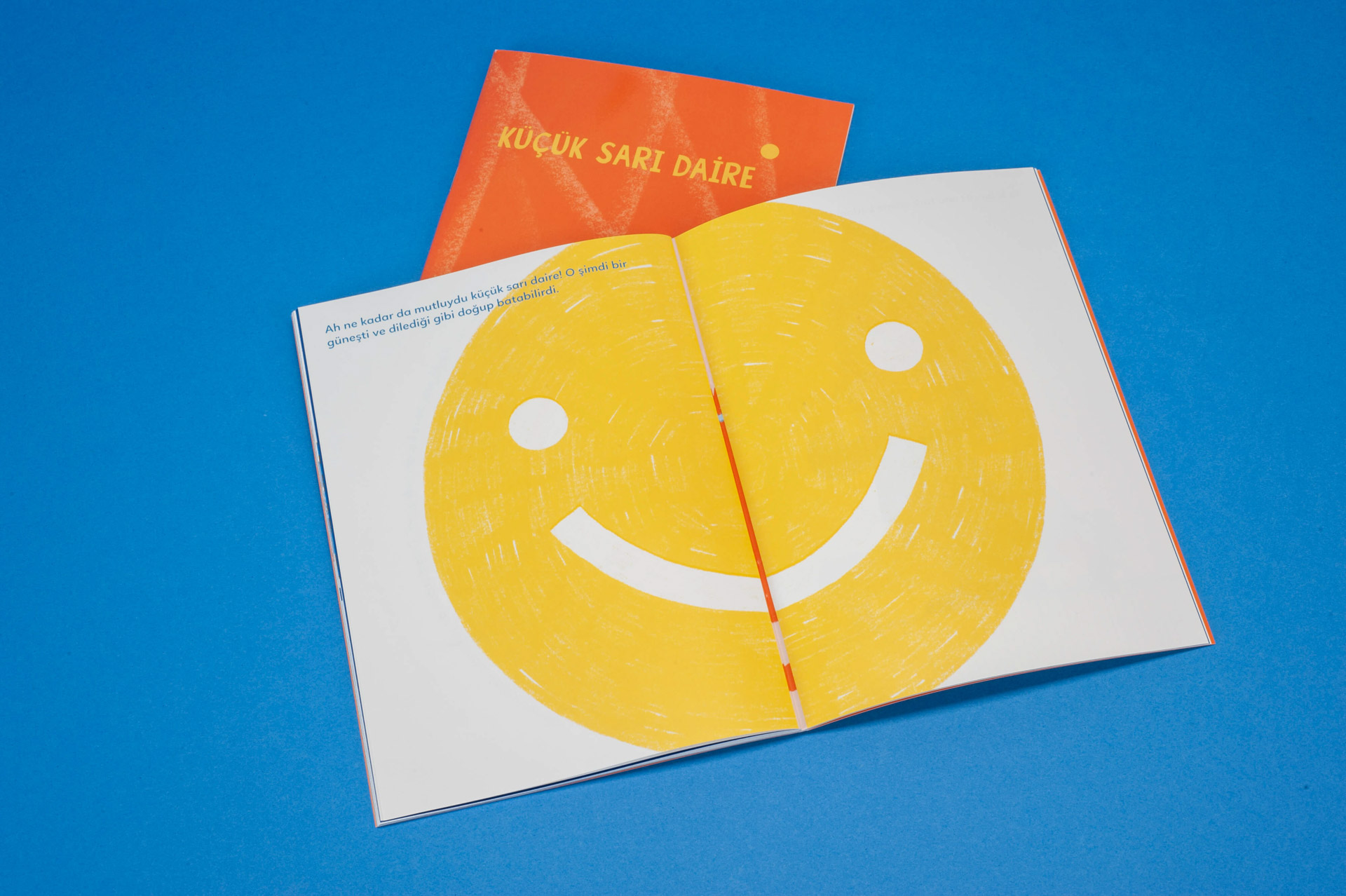Filmmaker: Bilge Olgaç
Cast: Perihan Savaş, Berhan Şimşek, Gülsen Tuncer
Turkey, 1987, DVD, Color, 92’, Turkish
A woman carried to the village on a trailer truck, attracting attention with her silky hair reaching her waist… The villagers put her in a hut. When the woman falls in love with the embroider decorating the hut, she has to face the patriarchal morality of the villagers.

In 1998 Ben Jakober and Yannick Vu collaborated on an obvious remake of Marcel Duchamp’s Roue de Bicyclette, his first “readymade” object. Duchamp combined a bicycle wheel, a fork and a stool to create a machine which served no purpose, subverting accepted norms of art.

Published as part of Pera Learning programs, “The Little Yellow Circle (Küçük Sarı Daire)” is a children’s book written by Tania Bahar and illustrated by Marina Rico, offering children and adults to a novel learning experience where they can share and discover together.
Tuesday - Saturday 10:00 - 19:00
Friday 10:00 - 22:00
Sunday 12:00 - 18:00
The museum is closed on Mondays.
On Wednesdays, the students can
visit the museum free of admission.
Full ticket: 300 TL
Discounted: 150 TL
Groups: 200 TL (minimum 10 people)